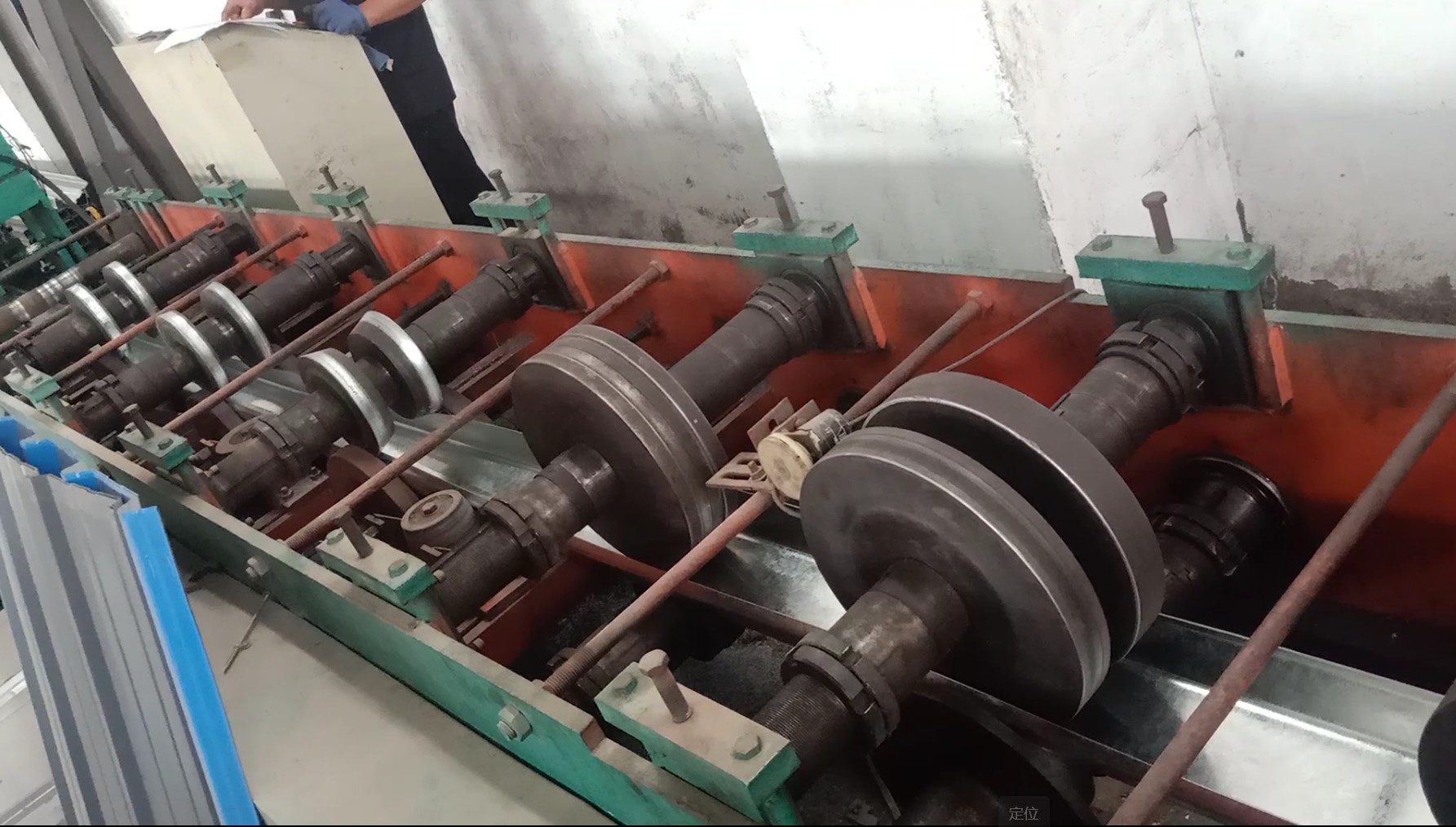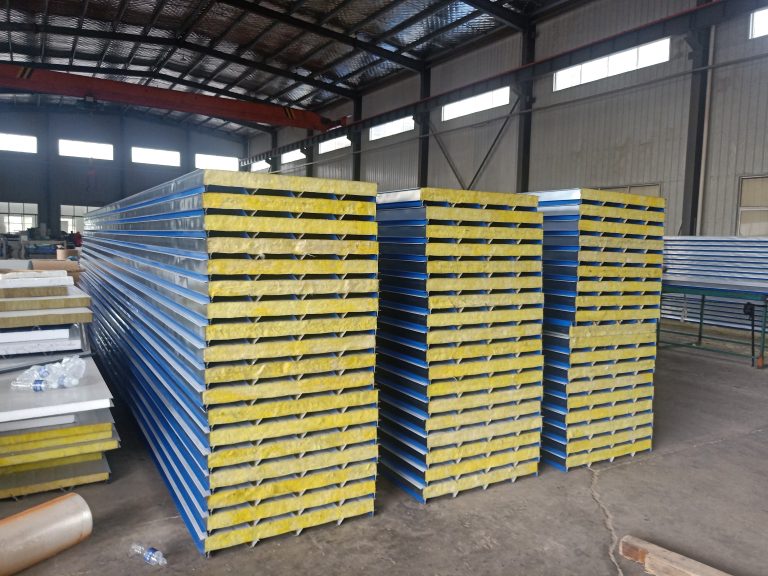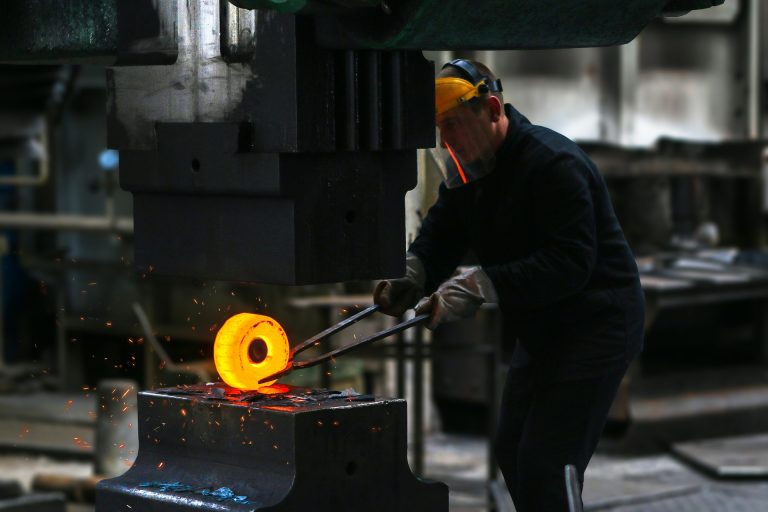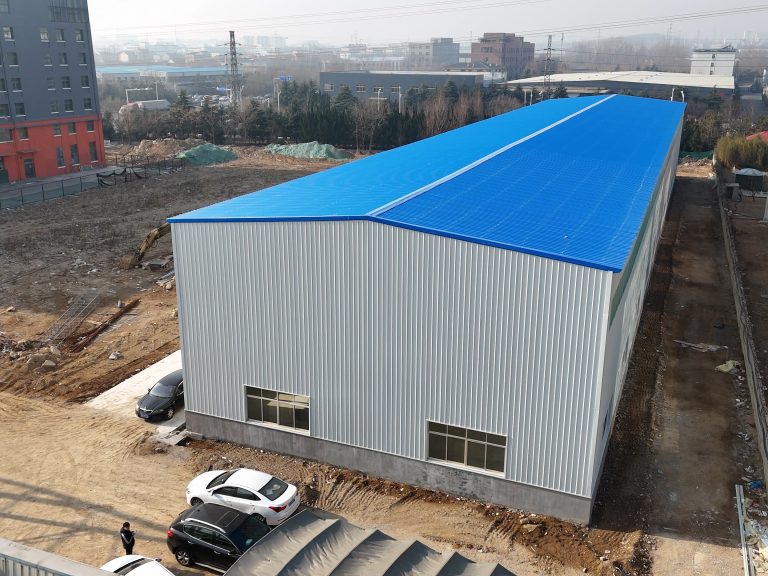Table of Contents
Importance of Proper Food Storage in Container House Restaurants
Food safety is a critical aspect of running a successful restaurant, regardless of its location or setup. In recent years, container house restaurants have gained popularity for their unique and innovative design. These restaurants are often set up in temporary locations, making it essential for owners to prioritize food safety management to ensure the health and well-being of their customers.
One of the key aspects of food safety management in container house restaurants is proper food storage. The storage of food in these establishments can present unique challenges due to the limited space and resources available. However, with the right practices and procedures in place, owners can ensure that their food is stored safely and remains free from contamination.
Proper food storage begins with the selection of high-quality ingredients. Owners should source their ingredients from reputable suppliers and ensure that they are stored in appropriate conditions to maintain their freshness and quality. This includes storing perishable items such as meat, dairy, and produce in refrigerated units to prevent spoilage and bacterial growth.
In container house restaurants, space is often limited, making it crucial for owners to maximize the use of available storage areas. Shelving units, refrigerators, and freezers should be organized in a way that allows for easy access to ingredients while also preventing cross-contamination. Raw and cooked foods should be stored separately to avoid the risk of foodborne illness.
Temperature control is another critical factor in food safety management. Owners should regularly monitor the temperature of their refrigerators and freezers to ensure that they are operating at the correct levels. Food should be stored at the appropriate temperature to prevent the growth of harmful bacteria and pathogens. Regular maintenance and cleaning of refrigeration units are essential to prevent breakdowns and ensure the safety of stored food.
In addition to temperature control, owners should also pay attention to the expiration dates of their ingredients. Perishable items should be labeled with their expiration dates and rotated regularly to prevent spoilage. Owners should also conduct regular inventory checks to identify any expired or spoiled items that need to be discarded.

Proper labeling and storage of food are essential in container house restaurants to prevent cross-contamination and ensure the safety of customers with food allergies or dietary restrictions. Allergen information should be clearly displayed on menus, and staff should be trained to handle and store allergenic ingredients separately to prevent accidental exposure.
Regular training and education of staff are crucial in maintaining proper food safety management in container house restaurants. Employees should be trained on safe food handling practices, including proper handwashing techniques, cleaning and sanitizing procedures, and temperature control. Regular inspections and audits should be conducted to ensure that all food safety protocols are being followed.
In conclusion, proper food storage is a critical aspect of food safety management in container house restaurants. Owners should prioritize the selection of high-quality ingredients, maximize storage space, monitor temperature control, pay attention to expiration dates, label and store food properly, and provide regular training to staff. By implementing these practices, owners can ensure the safety and well-being of their customers and maintain a positive reputation for their establishment.
Implementing Effective Cleaning and Sanitizing Practices in Temporary Restaurant Settings
Food safety management is a critical aspect of running a successful temporary restaurant, especially when operating out of a container house. With limited space and resources, it is essential to implement effective cleaning and sanitizing practices to ensure the health and safety of both customers and staff.
One of the key challenges of operating a temporary restaurant in a container house is the lack of traditional kitchen facilities. Without a dedicated space for food preparation and storage, it can be difficult to maintain proper hygiene standards. However, with the right protocols in place, it is possible to ensure that food safety is not compromised.
One of the first steps in implementing effective cleaning and sanitizing practices is to establish a cleaning schedule. This schedule should outline when and how different areas of the container house will be cleaned, including food preparation areas, storage areas, and dining areas. By creating a routine for cleaning, staff can ensure that all surfaces are regularly sanitized and free from contaminants.
In addition to regular cleaning, it is important to use the right cleaning products to ensure that surfaces are properly sanitized. This includes using disinfectants that are approved for use in food service settings and following the manufacturer’s instructions for proper dilution and application. By using the right products, staff can effectively kill bacteria and other harmful pathogens that can cause foodborne illnesses.
Another important aspect of food safety management in a temporary restaurant is proper hand hygiene. Staff should be trained on the importance of washing their hands regularly and using hand sanitizer when soap and water are not available. By promoting good hand hygiene practices, restaurants can reduce the risk of cross-contamination and the spread of foodborne illnesses.
When it comes to food storage, it is essential to maintain proper temperature control to prevent the growth of bacteria. This is especially important in a container house where space may be limited and refrigeration options are limited. By regularly monitoring the temperature of refrigerated and frozen foods, staff can ensure that perishable items are stored at safe temperatures to prevent spoilage.
In addition to temperature control, it is important to properly label and store food items to prevent cross-contamination. This includes storing raw meats separately from ready-to-eat foods and using color-coded cutting boards and utensils to prevent the spread of bacteria. By implementing these practices, restaurants can reduce the risk of foodborne illnesses and ensure the safety of their customers.
Overall, implementing effective cleaning and sanitizing practices in a temporary restaurant setting is essential for maintaining food safety. By establishing a cleaning schedule, using the right cleaning products, promoting good hand hygiene, and maintaining proper food storage practices, restaurants can ensure that their container house operation is safe and hygienic. By prioritizing food safety management, restaurants can build trust with their customers and create a positive dining experience for all.







